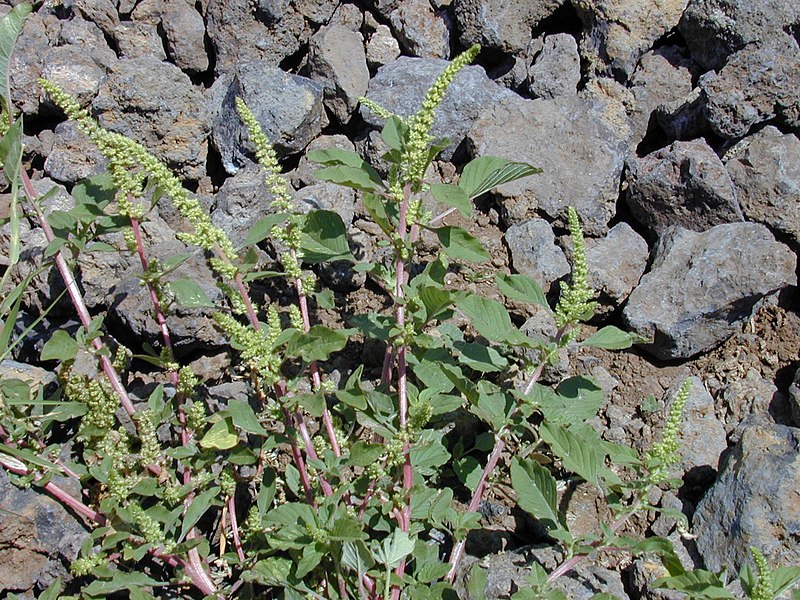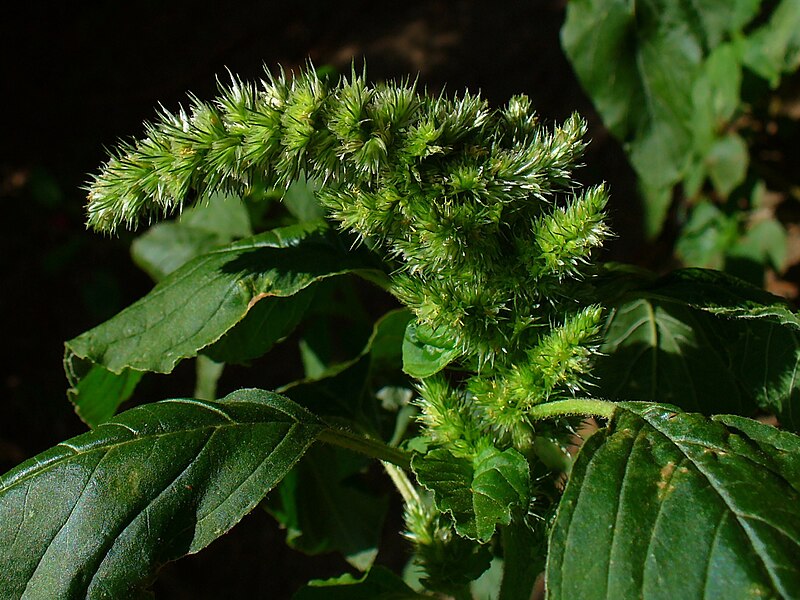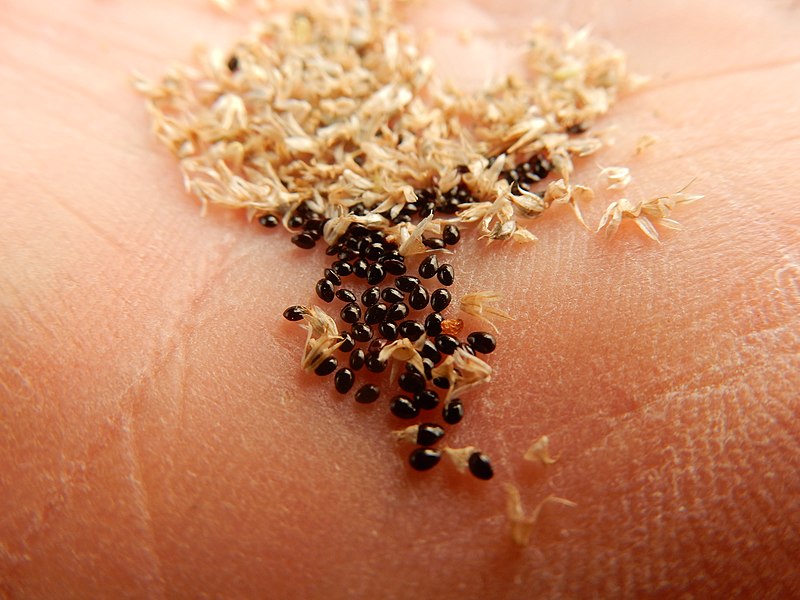Slim Amaranth Identification – Amaranthus hybridus
Heads up
Walking around the garden or maybe on a nature trail, you’ll probably stumble upon a variety of plants. Some familiar, others not so much. Among them is the slim amaranth, known in the botany world as Amaranthus hybridus.
Slim Amaranth: Key Parts in Photos




How to identify Slim Amaranth
Slim amaranth flowers aren’t your typical big and fragrant flowers. They’re more subtle. They come in shades of green, sometimes with hints of reddish or purple. The flowers grow in elongated clusters, and they’re quite regular in shape. If you get close, you’d notice that these are tubular flowers, both male and female ones. They have 5 tepals, which is a term for structures that aren’t distinctly sepals or petals. The female tepals are lance-like. And the male flowers have 5 stamens and are usually at the ends of spikes.
The leaves are a rich dark green, simple and narrow in form. Their edges are smooth, and they’re alternately arranged on the stem. The stem has a unique reddish tint and feels slightly hairy to touch. The blades of the leaves range from egg to lance-shaped. They can point at the tip or sometimes even round off. And the leaf stems? They’re always a tad shorter than the leaves they support.
The fruits are black, inflated, and somewhat bladder-like structures called utricles. They’re egg-shaped, with a smoother base. And when it’s time for the fruit to release its seeds, it opens up along a circular line, almost like it’s lifting a little lid. Hidden within are the seeds – tiny little things that are either lentil-shaped or roughly spherical.
